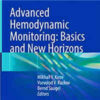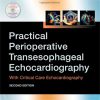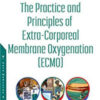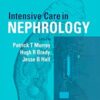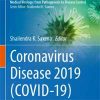Protecting The Injured RV in COVID-19 ARDS
jcvaonline.comThe abnormal interaction between the right ventricle (RV) and pulmonary vasculature in various disease states is associated with adverse clinical outcomes. Impaired RV physiology in acute respiratory distress syndrome (ARDS) is a major determinant of mortality.
Right ventricular and pulmonary vascular dysfunction are particularly prevalent in patients with ARDS secondary to coronavirus disease 2019 (COVID-19) caused by severe acute respiratory syndrome coronavirus 2 (SARS COV2) infection.
In this issue of the Journal of Cardiothoracic and Vascular Anesthesia, Paternoster and colleagues sought to determine if echocardiographic evidence of deranged RV and/or pulmonary vascular physiology is associated with mortality in patients with COVID-19 ARDS.
The authors performed a systematic review and meta-analysis of nine high quality observational studies (n=1450) reporting on mortality in COVID-19 patients with acute respiratory failure and echocardiographic evidence of ‘RV dysfunction (RVD)’ and/or ‘RV dilatation’ and/or pulmonary arterial hypertension (PAH).
Right ventricular dysfunction and dilatation were defined according to the American Society of Echocardiography and European Association of Cardiovascular Imaging guidelines, and PAH was defined using the European Society of Cardiology and European Respiratory Society criteria.
Abnormal function and/or dimensions of the RV as well as PAH were found to be major determinants of mortality.




